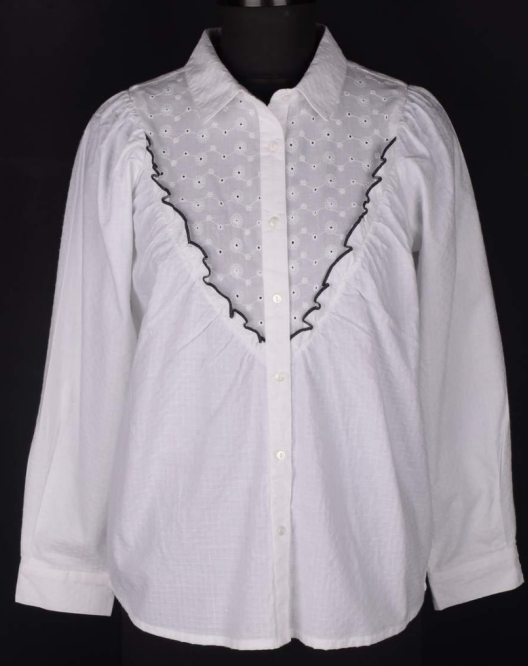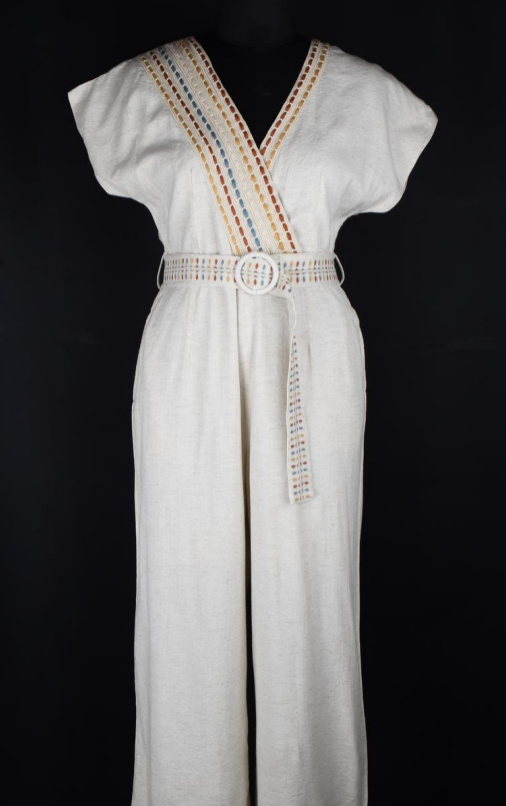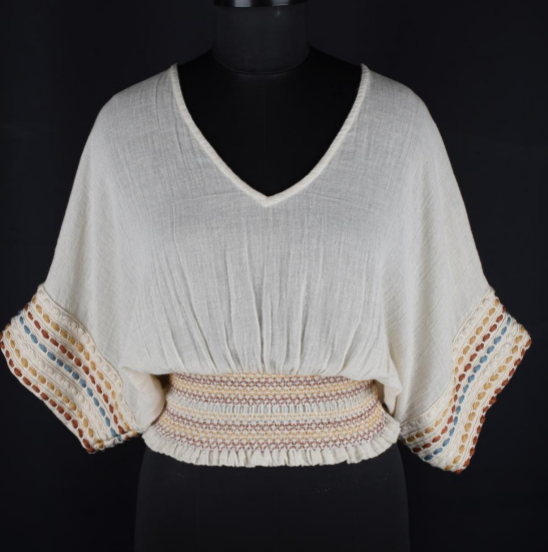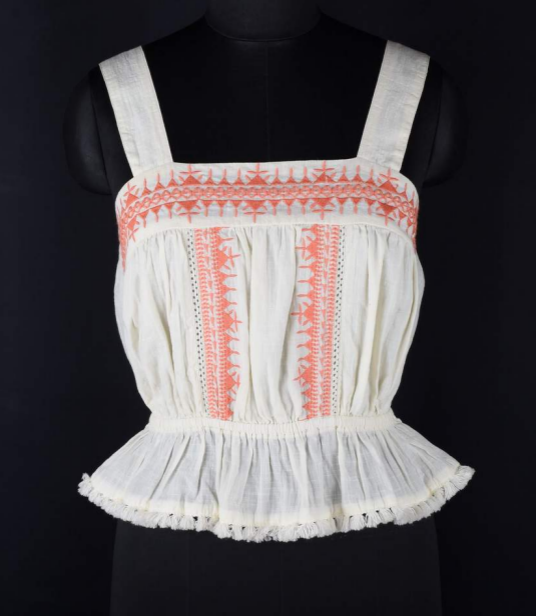Understanding The Best Fabrics For Kids’ Wear In Japan: A Guide For Exporters
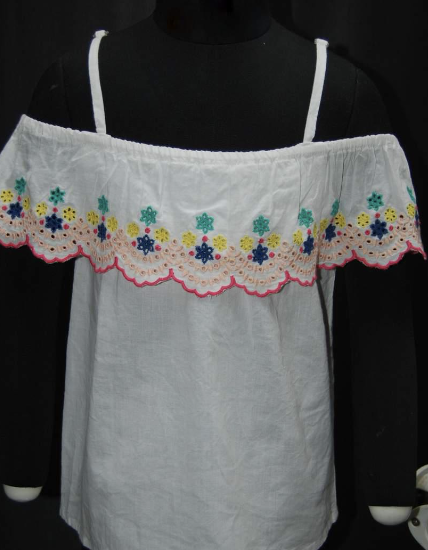
Japan is known for its high standards in textile quality, comfort, and sustainability, making it essential for kids wear manufacturers in India to carefully select fabrics that meet these requirements. As children’s clothing demands soft, breathable, and hypoallergenic materials, exporters must choose fabrics that not only comply with Japanese regulations but also align with consumer preferences.
Key Fabrics for Kids’ Wear in Japan
1. Organic Cotton
Organic cotton is a top choice for kids wear exporters, as it is soft, breathable, and free from harmful chemicals. Japanese parents prefer organic cotton because it minimizes the risk of skin allergies and is environmentally friendly.
2. Bamboo Fabric
Bamboo fabric is gaining popularity in Japan due to its natural antibacterial properties, moisture-wicking ability, and sustainability. It is an excellent option for baby and toddler clothing, ensuring comfort throughout the year.
3. Linen
Linen is another preferred fabric for kids’ wear in Japan, especially in warmer months. It is lightweight, highly breathable, and naturally resistant to bacteria, making it a great choice for summer apparel.
4. Modal & Tencel
These sustainable fabrics are derived from natural fibers and are extremely soft, making them ideal for delicate baby skin. Their ability to absorb moisture and stay cool enhances comfort, which is a key factor in Japan’s children’s clothing market.
5. Wool & Fleece
For colder seasons, wool and fleece provide excellent insulation while maintaining breathability. Merino wool, in particular, is highly valued for its softness and temperature-regulating properties.
Factors to Consider for Exporting Kids’ Wear to Japan
- Safety & Compliance: Japanese regulations require children’s clothing to be free from harmful dyes and chemicals. Ensuring compliance with safety standards is crucial for successful exports.
- Sustainability: With a growing focus on eco-friendly fashion, Japanese consumers prefer brands that use sustainable materials and ethical production methods.
- Quality & Durability: High-quality stitching and fabric longevity are essential, as parents seek durable clothing for active kids.
Conclusion
Selecting the right fabrics for children’s clothing in Japan is key to success in the export market. Apparel manufacturers must focus on high-quality, sustainable, and hypoallergenic fabrics to meet Japanese consumer expectations. For reliable production and export solutions, Cheer Sagar – garment manufacturer India offers premium-quality kids' wear designed for international markets.
Related Blog
10 Questions To Ask Your White Label Manufacturer
When dealing with apparel manufacturers, especially as a new brand, there are strategic questions you would want to ask beyond...
Navigating The South American Fashion Market: A Closer Look At Trends And Consumer Preferences
South America, a diverse region with a unique blend of cultures, presents exciting opportunities for the clothing industry. With...
How To Choose The Best Garment Export House?
While you are making the selection of clothing export house that you might be working with, some critical factors should...

